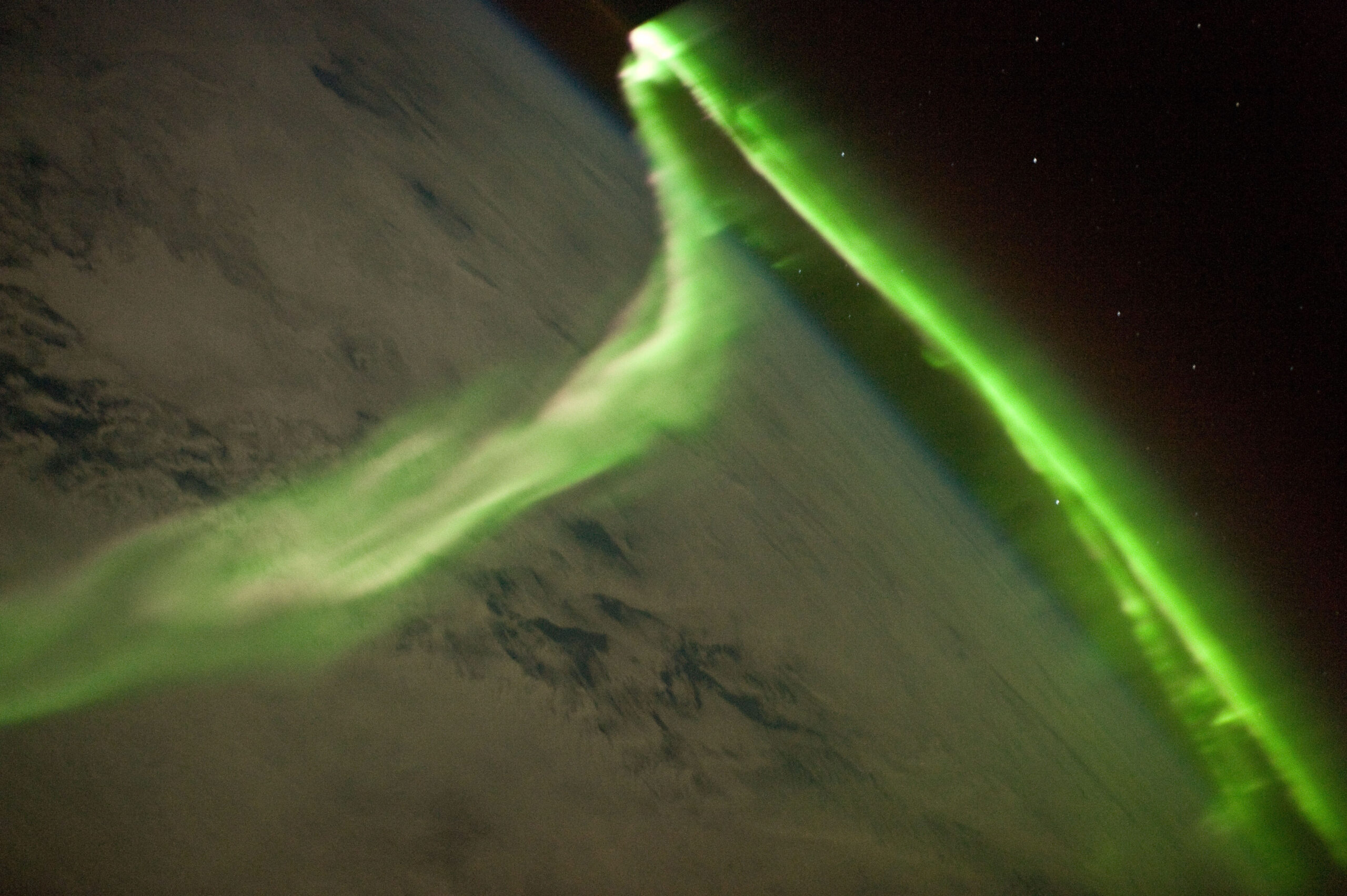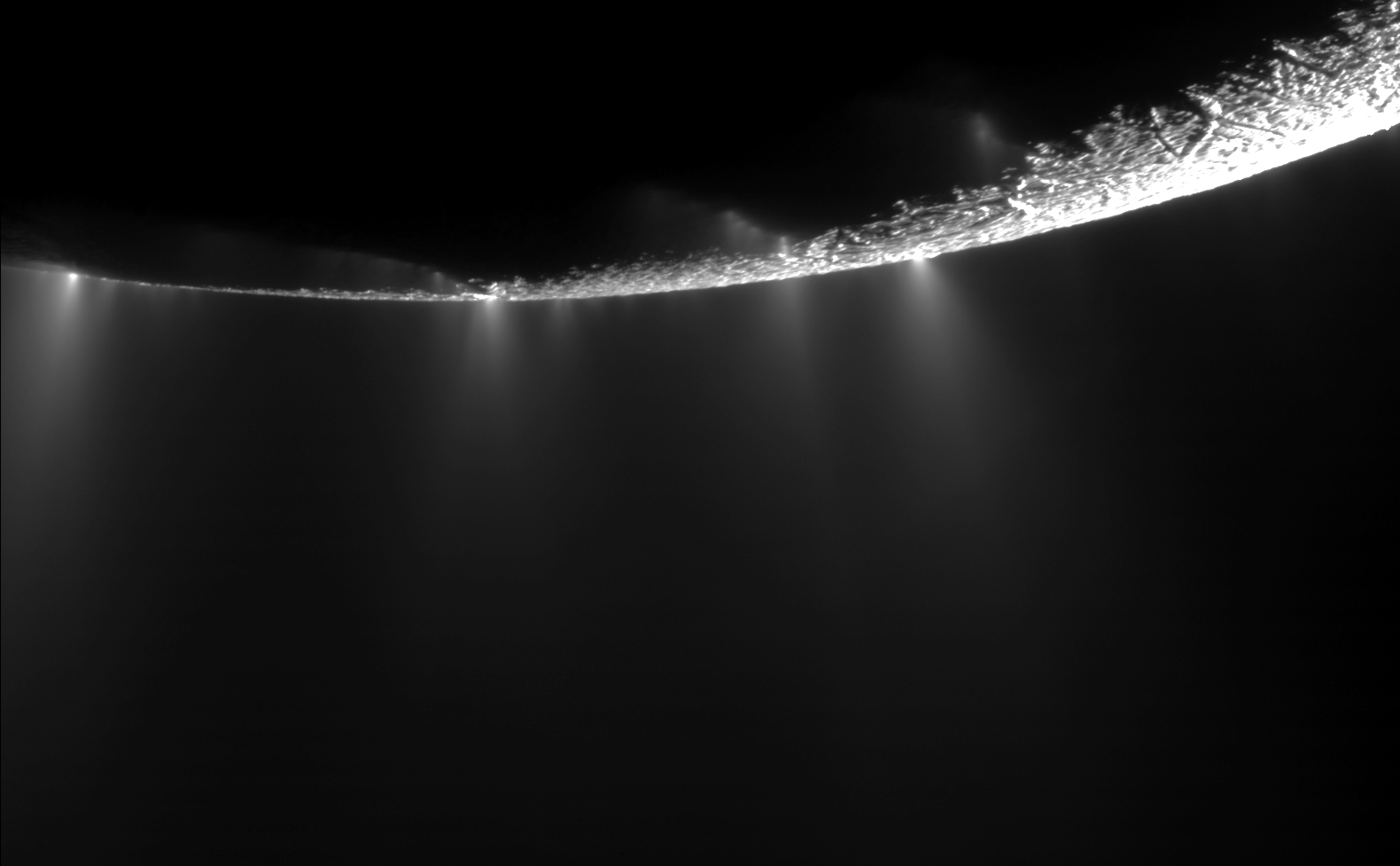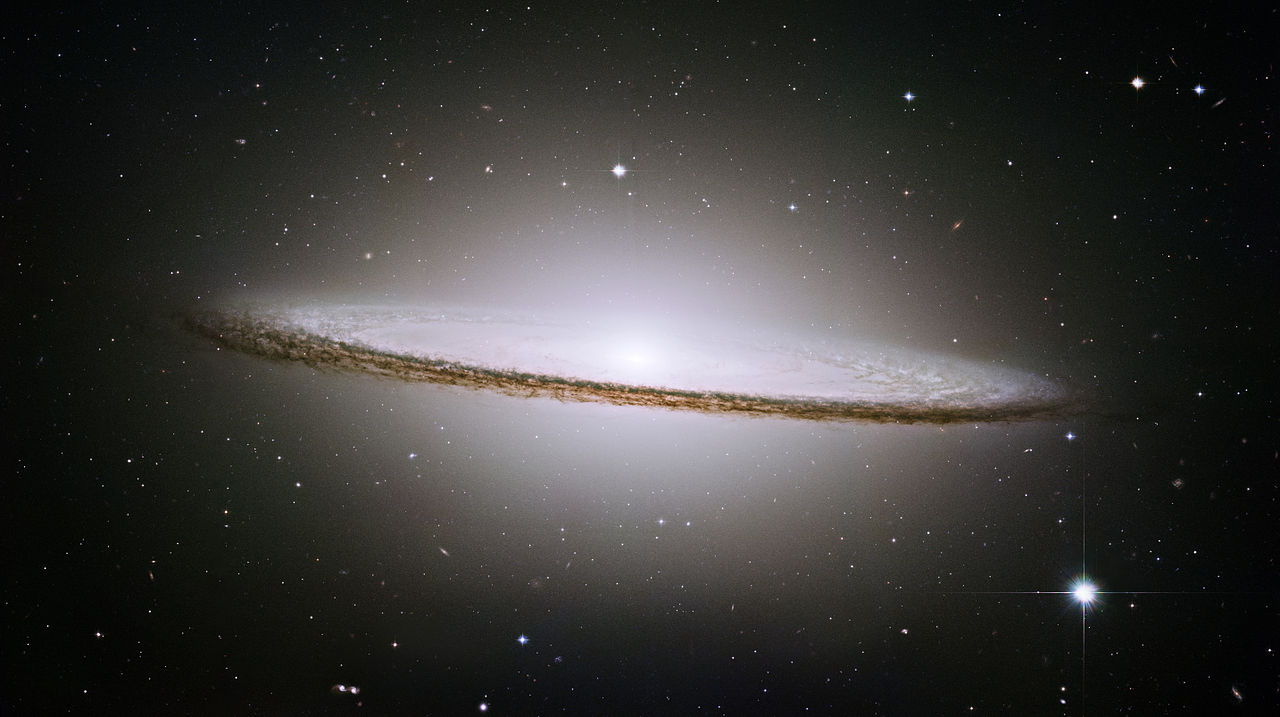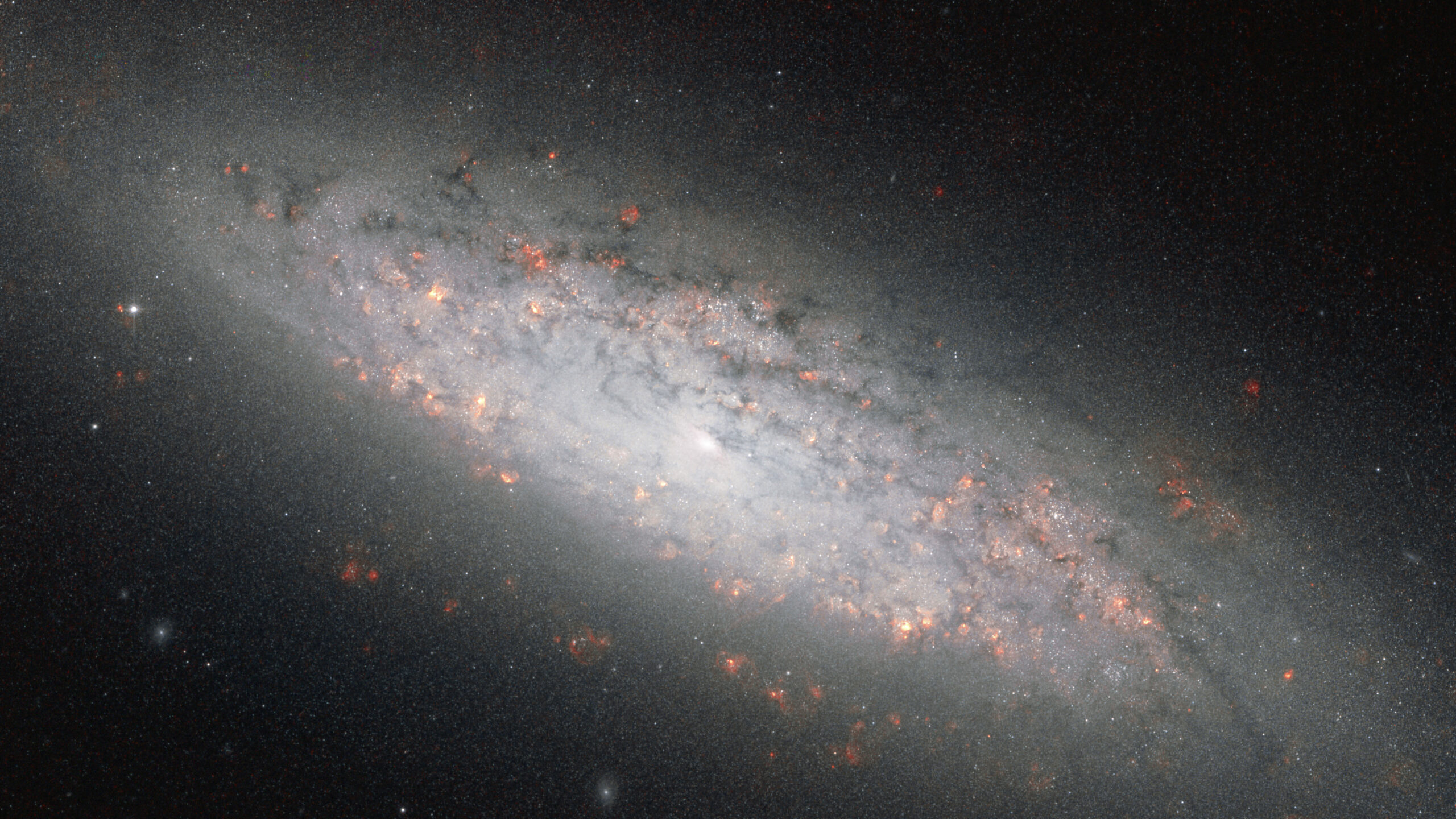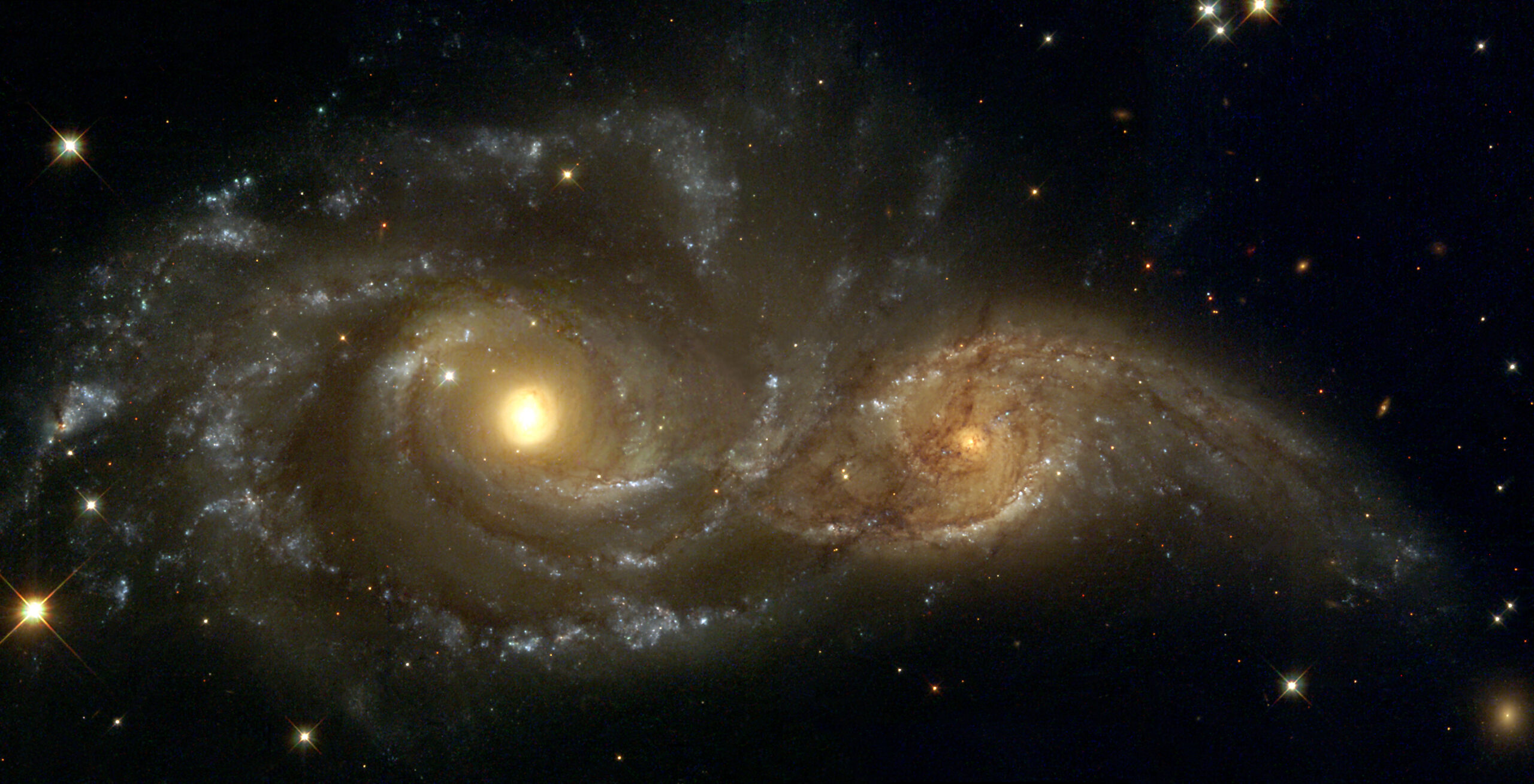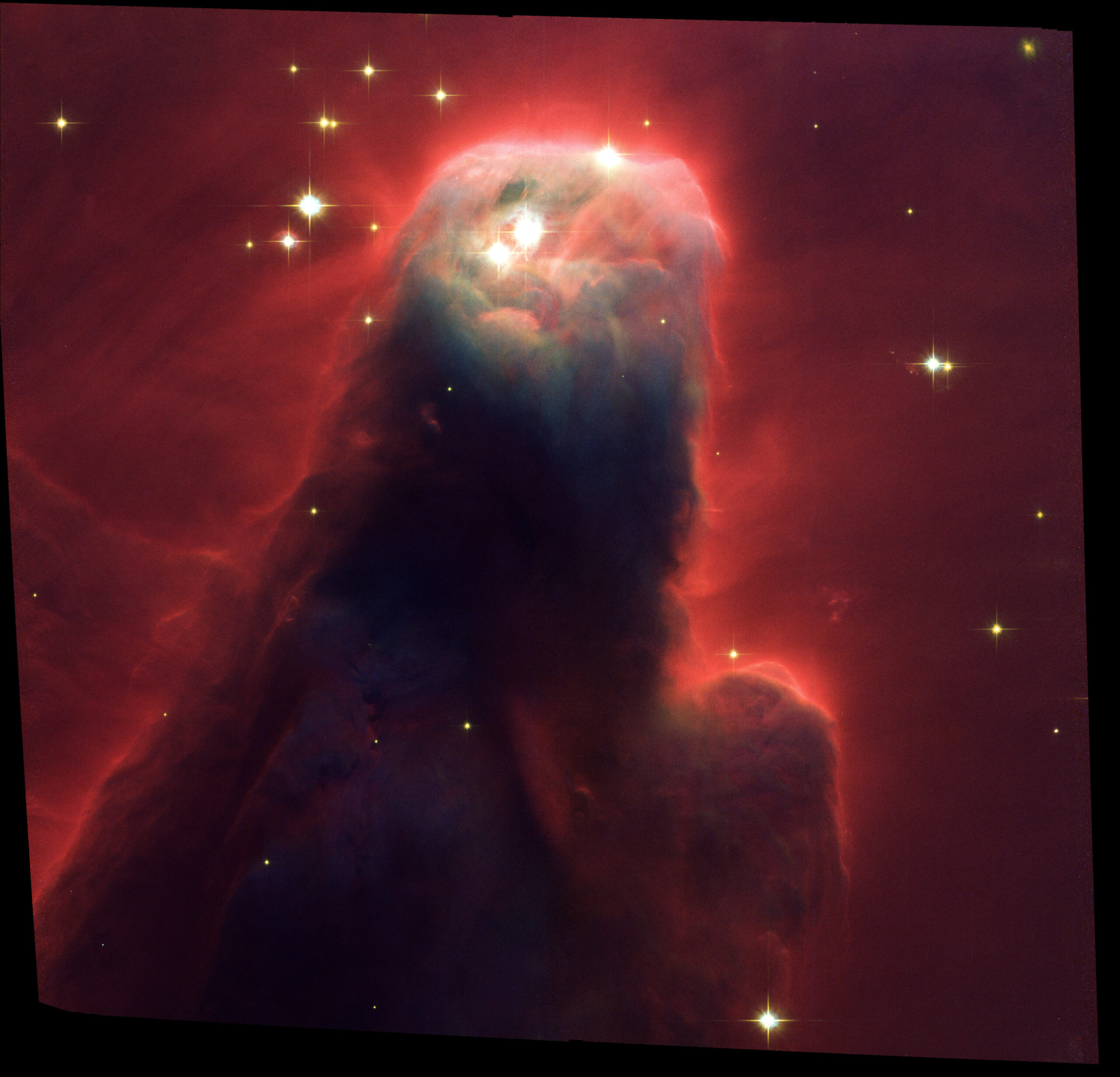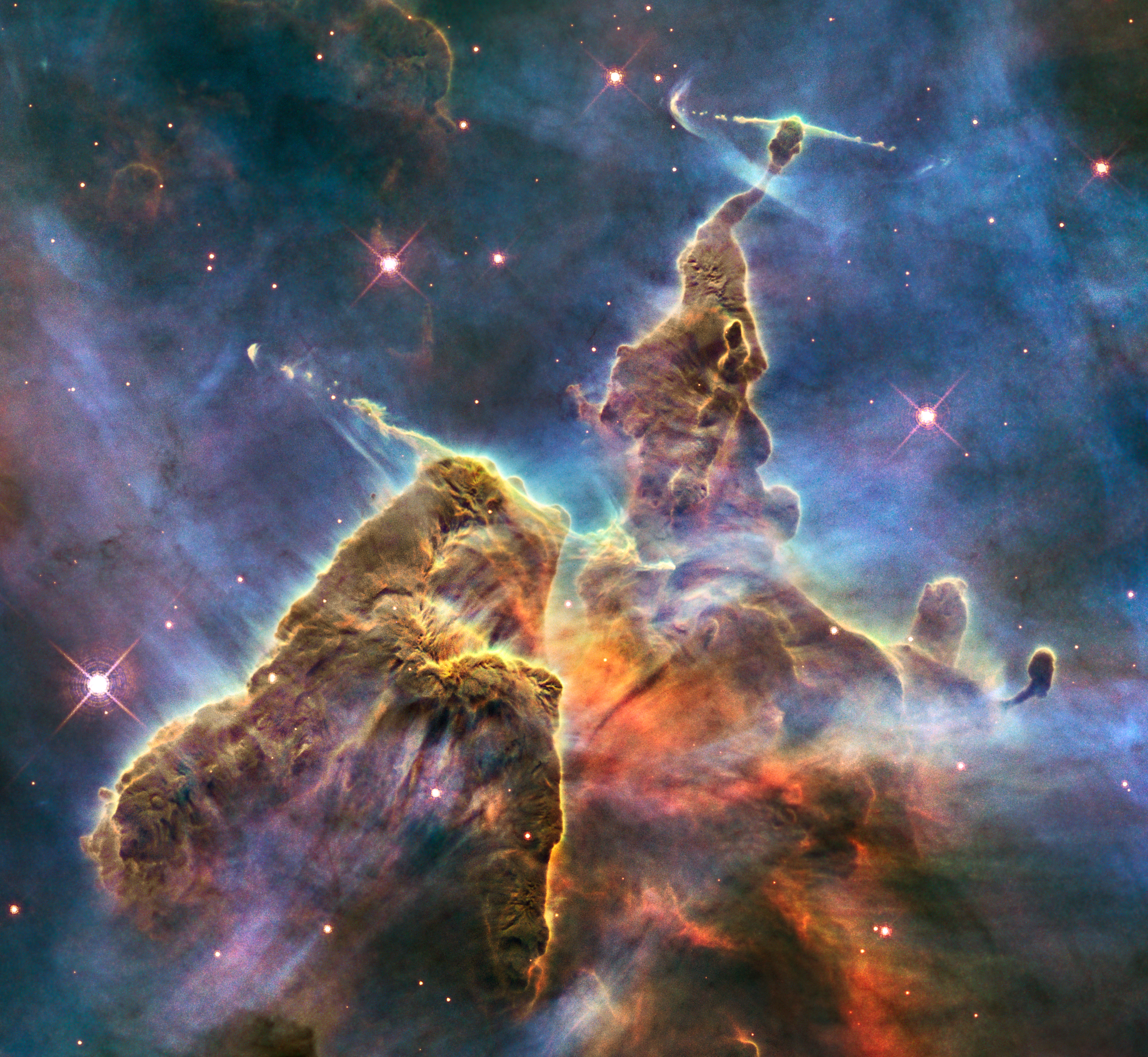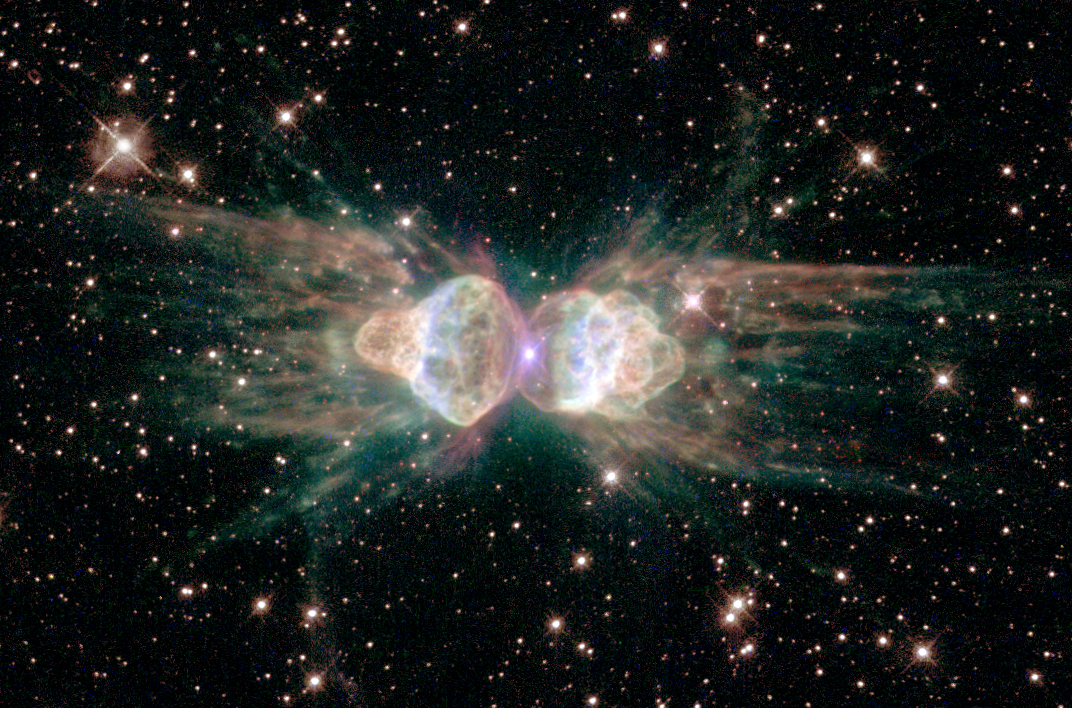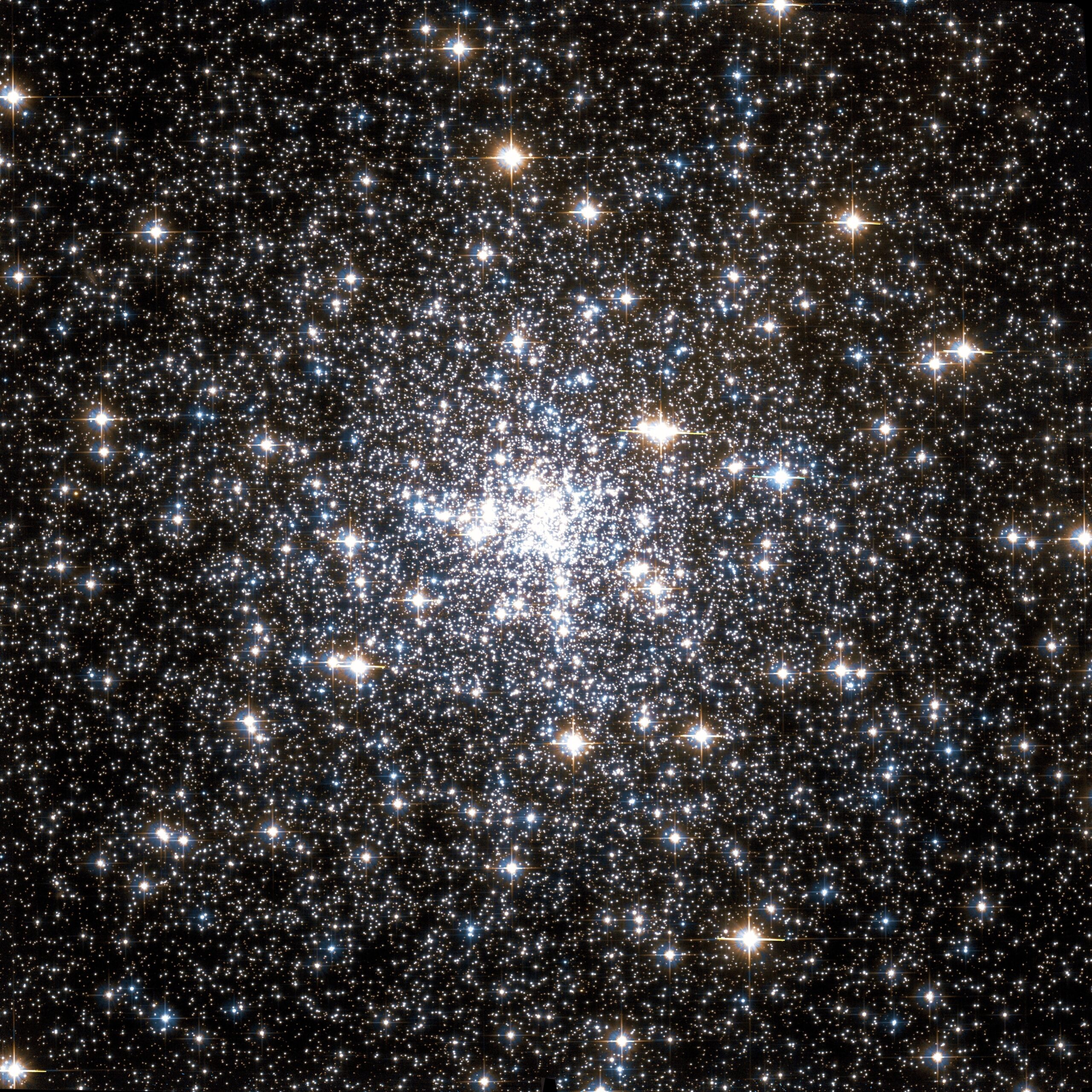The wide expanse of the universe holds many secrets, and much is still unknown about the planets, stars, and galaxies that surround the earth. Humans have never personally ventured further than our own moon, but with the help of telescopes we have been able to see further than any person is likely to travel any time soon.
Images of what is out there beyond our Earth give us a glimpse of the universe, and what is sometimes captured can be truly stunning. While such photography is outside of the scope of any terrestrial photography workshop, images released by NASA (particularly those taken with the Hubble telescope) can serve as great inspiration for our own work here on Earth.
Join us as we take a look into the great abyss with some of the finest examples of space photography in the public domain.
Beginning close to the Earth, this photo was taken by an astronaut from the International Space Station. It shows Aurora Australis, an ever-changing display of light in the form of spots, rays, ribbons, and curtains. An Aurora occurs when charged particles transported from the Sun by the solar wind meet with the Earth’s magnetic field.
Arguably the most famous images ever taken from outside of the Earth’s atmosphere, this photo was taken way back in 1968, by Astronaut Bill Anders while of the Apollo 8 mission. Its taken from orbit around moon, looking back at our planet. Although the moon looks as if it is quite close, it is actually around 780 km from the spacecraft. The land you can see emerging from the darkness is west Africa.
In this image of Saturn’s moon Enceladus has an eerie feeling to it, and was taken by NASAs Cassini spacecraft as it flew past the moon on November 21st 2009. The stripes across the surface of the moon are fissures in its surface, from where plumes of water ice are expelled into space. The apparent glowing white areas across the surface are where the mix of ice, water, and other organic material are jettisoned away from Enceladus.
You’re looking at the Sombero galaxy, a spiral shaped galaxy nearby to our own galaxy, the Milky Way. This photo was captured by the Hubble Space Telescopes Advanced Camera for Surveys in 2003. Astronomers speculate that a black hole a billion times the mass of our Sun lies at the center of this galaxy.
Fresh new stars are forming all over this galaxy, marked by the pink and red colored areas dotted throughout its swirling arms. This galaxy is called NGC 6503, is smaller than the Milky Way, and lies around 17 million light-years away from earth. It is close to a great void in space, where very few other galaxies are located.
Here you can see two spiral galaxies colliding with each other, with the larger one distorting its smaller partner. Eventually, in a few billion years it is thought, these two galaxies will become one single galaxy. Interestingly, because the distance between stars within a galaxy is so large, only a tiny percentage will actually end up hitting each other.
The chaotic and enormous Cone Nebula is around 2,500 lights years from Earth, and its length has been estimated at a staggering seven light years long. It is an enormous pillar of gas and dust, and only the upper third of the nebula can be seen in this photo. This type of nebula is thought to be an incubator for new stars and planets.
Another nebula, called the Carina Nebula, is the subject of this photo. It was taken in February 2010, by Hubbles Wide field Camera. The jets of gas you see expelled from the peaks are being fired off from young stars buried within the nebula.
Here you can see a star dying, and the ejection of gas preceding an enormous violent explosion that will swallow the star and suck in any orbiting planets. Astronomers are intrigued by the symmetrical shape of the gas as it is expelled from the star, which contradict the disordered patterns resulting from an ordinary explosion.
Looking like a collection of precious gems, a vast collection of stars can be seen in this photo taken on the 30th of January 2012. Referred to as a global cluster, it is thought to be around 10 billion years old, making it one of the most ancient global clusters ever known.

